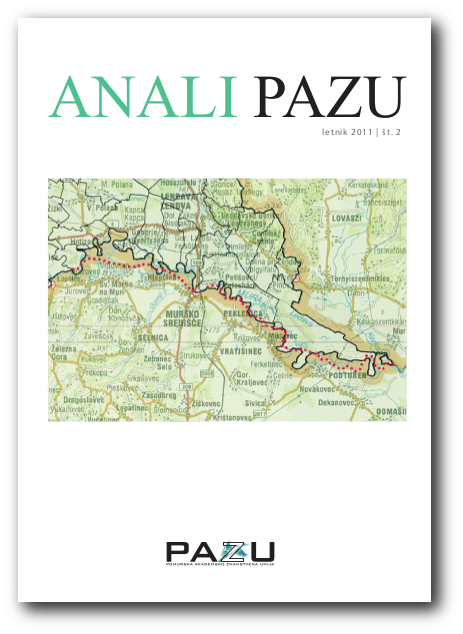Time-Dependent Properties of Multimodal Polyoxymethylene based binder for Powder Injection Molding
Abstract
Powder injection molding (PIM) is one of the most versatile methods for the manufacturing of small complex shaped components from metal, ceramic or cemented carbide powders for the use in many applications. PIM consists of mixing the powder and a polymeric binder, injecting this mixture in a mold, debinding and then sintering. Catalytic debinding of polyoxymethylene (POM) is attractive since it shows high debinding rates and low risk of cracking. This work examines the possibility of using bimodal POM as the main component of the binding agent by studying its time-dependent and thermal properties and comparing them to monomodal POM. Furthermore, possible optimization of the binder formulation was investigated by the addition of short molecular weight polymeric chains (wax) to bimodal POM, as to create a multimodal material. It was observed that the magnitude of the complex viscosity for the commercial bimodal material was more than 2 times lower than for the chemically identical monomodal POM within the investigated frequency range. Viscosity values were observed to drop as the content of wax was increased, without compromising thebinders mechanical properties in solid state. A new formulation of bimodal POM plus 8 wt.% of added wax provided the most appropriate results from investigated combinations. This work has shown how the addition of short polymeric chains in POM influences its time-dependent properties in solid and molten state, which can be an important tool for the optimization of binders designed to be used in PIM technology.
